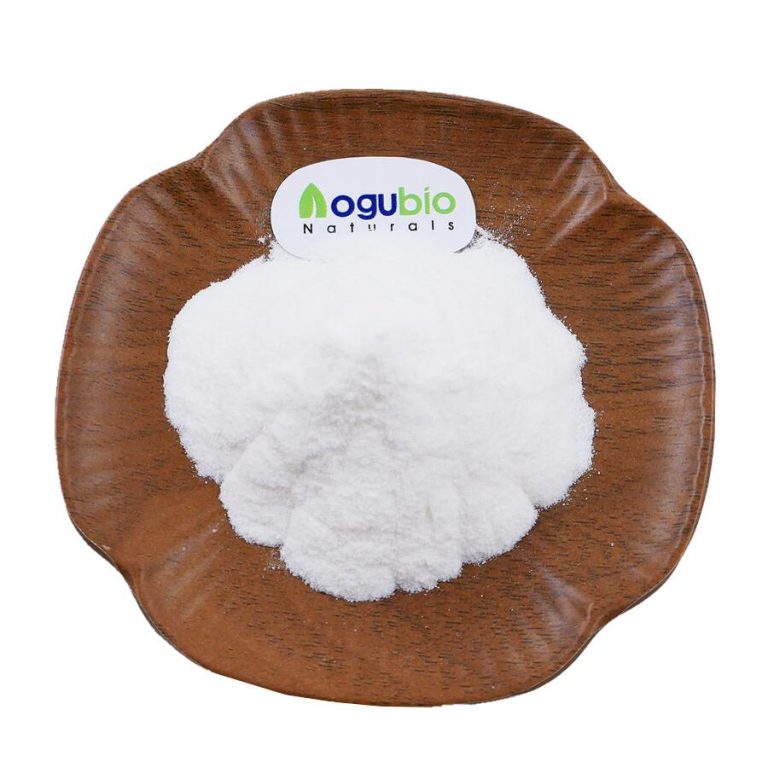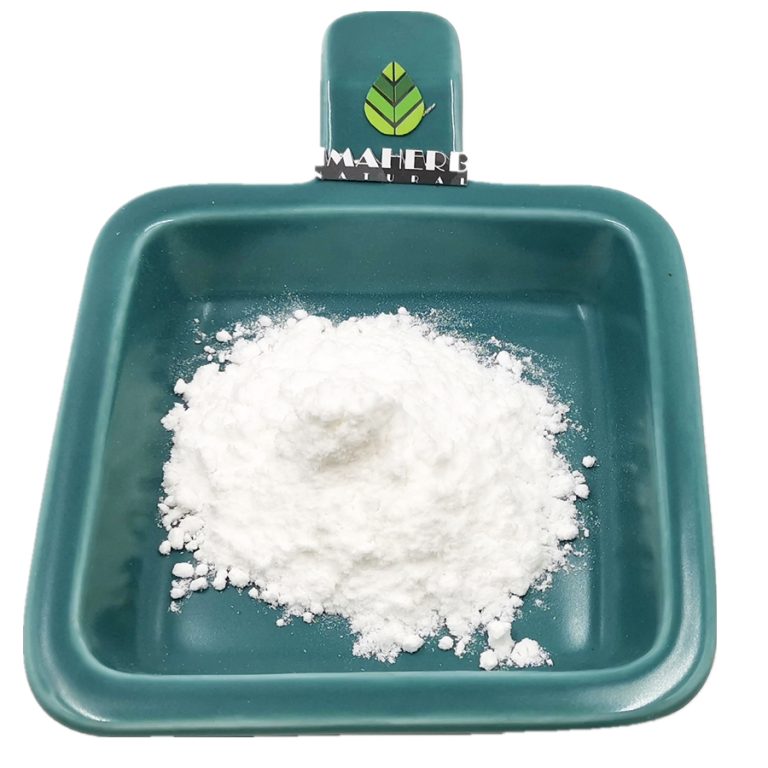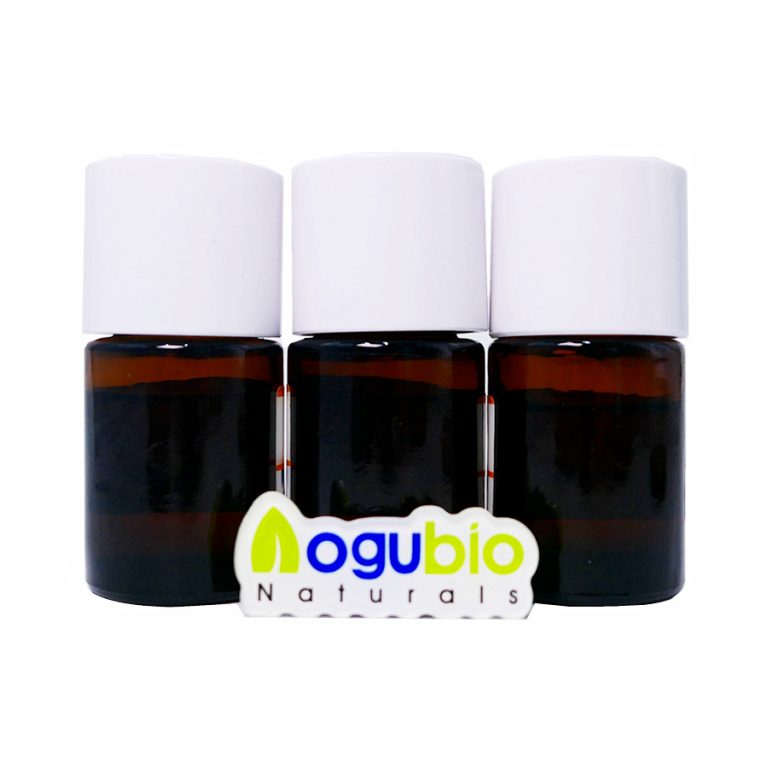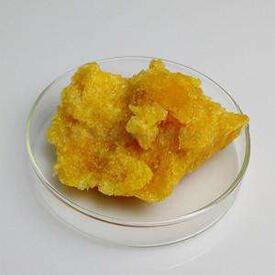
Phosphorus is a naturally occurring substance that is important in every cell of the body. Phosphorous is contained in all potassium dihydrogen phosphate;body cells and is used for growth and repair of cells and tissues.
Potassium phosphate is used to treat or prevent hypophosphatemia (low blood levels of phosphorus). Potassium phosphate is sometimes added to intravenous (IV) fluids given to people who cannot eat or drink anything.
Potassium phosphate and sodium phosphate may also be used for purposes not listed in this medication guide.
You should not use potassium phosphate if you have low levels of calcium, or high levels of potassium or phosphorus in your body.

Potassium Phosphate Side Effects
Get emergency medical help if you have signs of an allergic reaction: hives; difficult breathing; swelling of your face, lips, tongue, or throat.
Potassium Phosphate Interactions
Ask your doctor before using an antacid, and use only the type your doctor recommends. Some antacids can make it harder for your body to absorb potassium phosphate and sodium phosphate.
Avoid taking a vitamin or mineral supplement that contains calcium or vitamin D, unless your doctor tells you to.
Do not use potassium supplements or salt substitutes while you are taking potassium phosphate and sodium phosphate, unless your doctor has told you to.
Potassium Phosphate Dosage
Potassium phosphate must be mixed with a liquid (diluent) before using it. If you are using the injections at home, be sure you understand how to properly mix and store the medicine.
Potassium phosphate must be given slowly.
While using this medicine, you may need frequent blood or urine tests.
Store at room temperature away from moisture, heat, and light.
Use the missed dose as soon as you remember. Skip the missed dose if it is almost time for your next scheduled dose. Do not use extra medicine to make up the missed dose.
| Melting Point |
252.6 °C |
| Boiling Point |
252.6 °C |
| Flash Point |
incombustible |
| Density: |
2.338 g/L |
| solubility |
33 g/100 ml |
| Arsenic (As),≤% |
0.0002 |
| plumbum (Pb),≤% |
0.001 |
| PH (50 g/L solution, 25 °C) |
4.2 ~ 4.5 |
| KH2PO4 % |
99.5 ~ 100.5 |
| Water insolubles≤% |
0.002 |
| Heavy metals (Pb),≤% |
0.001 |
| Sodium (Na),≤% |
0.02 |
| Iron(Fe) ,≤% |
0.001 |
| Copper(Cu)≤% |
0.0003 |
| Dry loss≤% |
0.2 |
| Total nitrogen (N),≤% |
0.001 |
| Chloride (Cl),≤% |
0.0005 |
| Sulfate (SO4), ≤% |
0.003
|















 skype
skype Sales Manager
Sales Manager Rebekah
Rebekah Rachel
Rachel Miranda
Miranda Camilla
Camilla
 Sales Manager
Sales Manager